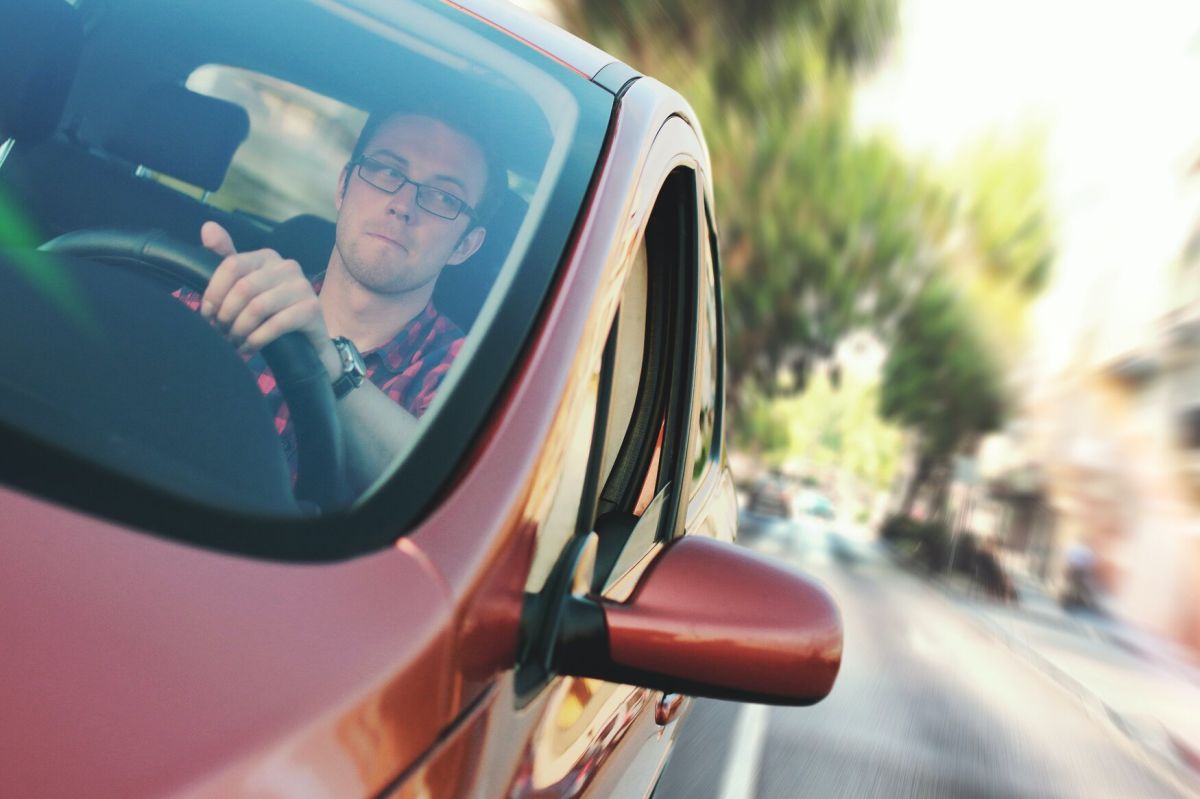A large number of drivers, or 40%, believe that the biggest risks on the roads are caused by their own habits and driving culture, 32% of drivers blame the condition of the roads, another 15% say that the risks are caused by the weather. 6% believe that the permissible level of alcohol in the blood is a risk factor, and 4% that the technical condition of the car, according to the data of the “Carlsberg 0.0 responsible driving index”.
The study reflected that 2% of drivers believe that risks are caused by other causes, such as lack of sleep and poorly organized traffic.
Drivers’ habits and driving culture are more often mentioned by women (45%), while 36% of men think so. On the other hand, representatives of the stronger sex consider the condition of roads to be the most frequent risk factor (38%), while 26% of women express this opinion.
“Studies have been conducted around the world that confirm that accidents occur less often on unsafe roads, for example without markings, markings or special curbs, than on perfectly arranged roads. Because on a good, smooth road, a person feels safer, does not pay enough attention to what he is doing, does not concentrate on driving. Motorists are more relaxed in the summer than in the winter, so the most serious accidents and violations are more frequent in the summer,” says Jānis Vanks, head of the Safe Driving School.
Speaking about the driving culture of drivers, J. Vanks adds that “drivers can be divided into three conditional categories – reckless, sensible and fearful. Those who are afraid are as dangerous as the reckless. If the speed limit on a stretch of road is 90 km/h, but someone is afraid to drive faster than 70 km/h, it will immediately cause a chain reaction of unnecessary dangerous overtaking.”
Looking at the overall map of Europe and analyzing road traffic accidents with fatal outcomes, we can conclude that Latvia ranks in the “black” three together with Romania and Bulgaria for several years in a row. For example, in 2020 there were 85 accidents with fatal consequences in Romania, 74 in Latvia and 67 in Bulgaria. These negative statistics are caused by a combination of several things – the lack of police resources to carry out regular inspections, the quality of infrastructure, as well as the mindset of drivers and the tolerance of others.
“Carlsberg 0.0 Responsible Driving Index” is a study of the non-alcoholic beer “Carlsberg 0.0” made in cooperation with the Safe Driving School and Research Center Norstat. 1,000 Latvian residents aged 18 to 74 participated in the study, which was conducted in April. The study was conducted with the aim of promoting responsible driving and understanding of what creates additional risks on the roads and how to prevent them.
–
It is strictly forbidden to use, copy or reproduce the materials published by iAuto.lv on other Internet portals, mass media or otherwise deal with the materials published by iAuto.lv without receiving written permission from EON SIA.

:quality(80)/cdn-kiosk-api.telegraaf.nl/043e9afa-0791-11ed-a2ed-0218eaf05005.jpg)
